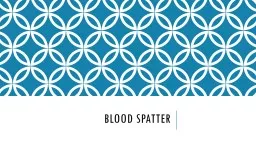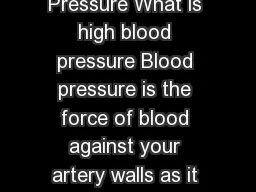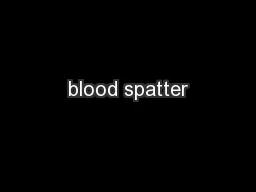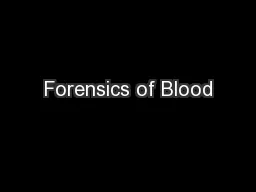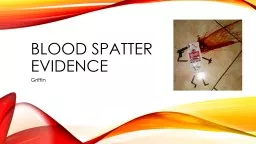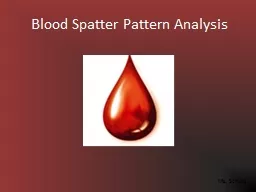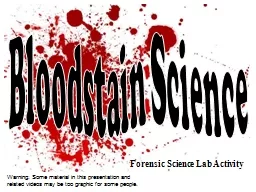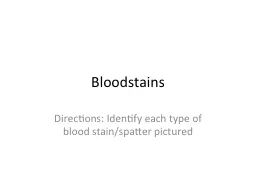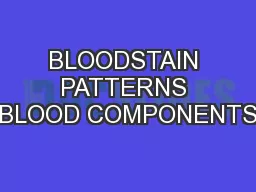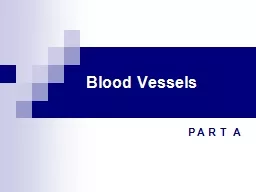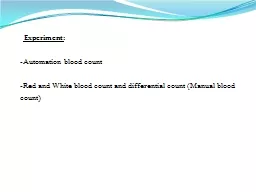PPT-Blood Spatter
Author : natalia-silvester | Published Date : 2016-07-17
Blood spatter 1939spatter patterns first analyzed Blood may spatter when a wound is inflicted Blood spatter patterna grouping of blood stains Patterns help
Presentation Embed Code
Download Presentation
Download Presentation The PPT/PDF document "Blood Spatter" is the property of its rightful owner. Permission is granted to download and print the materials on this website for personal, non-commercial use only, and to display it on your personal computer provided you do not modify the materials and that you retain all copyright notices contained in the materials. By downloading content from our website, you accept the terms of this agreement.
Blood Spatter: Transcript
Download Rules Of Document
"Blood Spatter"The content belongs to its owner. You may download and print it for personal use, without modification, and keep all copyright notices. By downloading, you agree to these terms.
Related Documents

